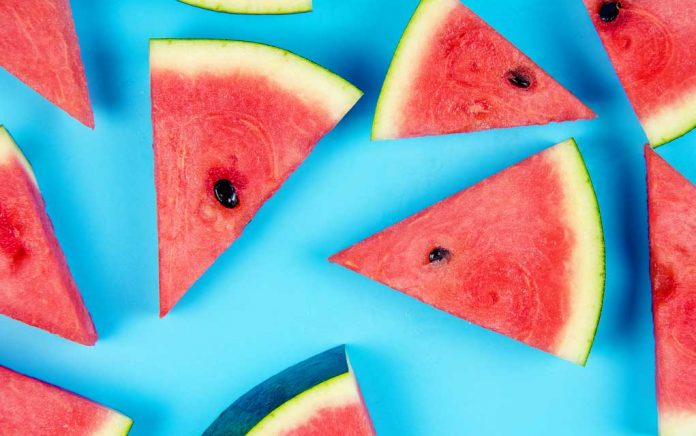
Question: How much of the nutrients are lost when you have a watermelon that is not rotten but you waited too long to cut it and it's not at it's optimum anymore? For example, optimum is Day 1 when you should have cut it but you cut it on Day 12 when the insides are turning mushy rather than crisp?
And after cutting into it, how does each day in the fridge affect its nutrients? How much is lost each day? And for other fruit, in general, the same question above. Is it worth it to eat fruit when it's past it's prime?
Answer: That's an excellent question, but one that there is no definitive answer for, at least without coming into your kitchen to analyze the watermelon and the circumstances which surround it (temperature of your fridge, covered/uncovered, etc.). Generally, the more ripe an uncut fruit is, the more nutrients it develops; but once you cut a fruit or vegetable, the enzymes and the water-soluble nutrients (vitamin C, B vitamins) will deteriorate, sometimes quite rapidly. Fruit, especially colorful fruit, however, is rich in phytochemicals – nutrients that are responsible for the pigment and structure of the fruit – and these phytochemicals (thousands of nutrients) are not damaged with exposure to air from cutting or from the passing of time. In fact, one study indicates that some nutrients in watermelon actually increase as time goes on (and in this particular case, with exposure to light). Basically, if it's still edible, go ahead and eat it. If it's getting to the point where eating the fruit is not an enjoyable experience, put it in the blender or juicer and drink the powerful phytochemicals it provides instead.
Read more about the health benefits of watermelon
Ways to enjoy watermelon:
Probiotic Watermelon Float with Lime and Raspberries
Spicy Watermelon Juice Recipe with Coconut Water and Jalapeno
Minty Watermelon & Feta Cheese Salad










